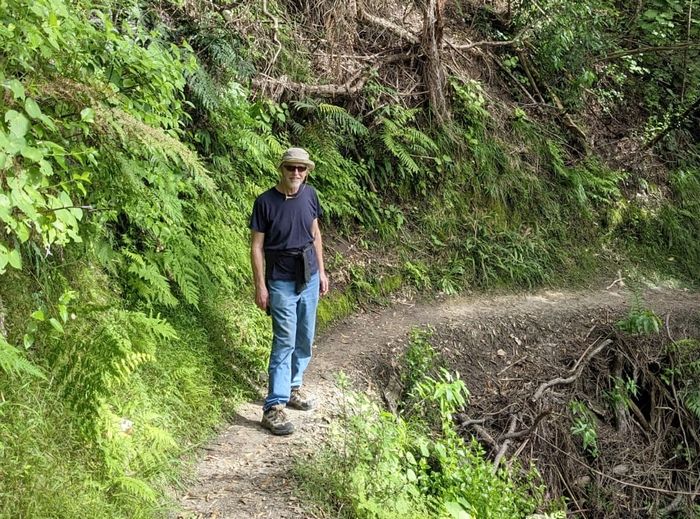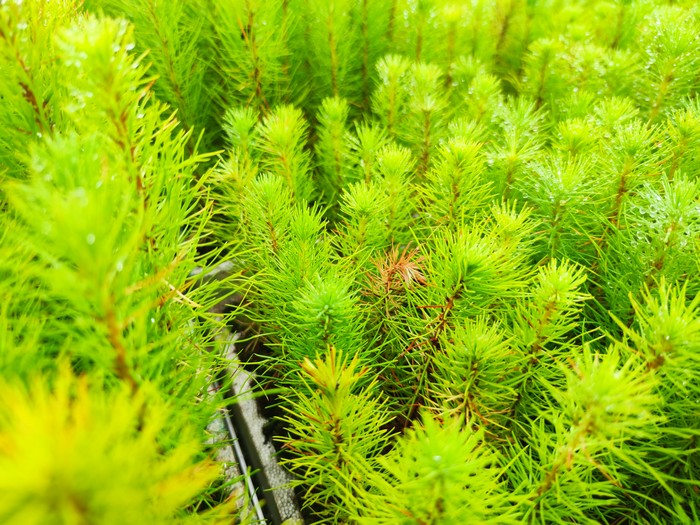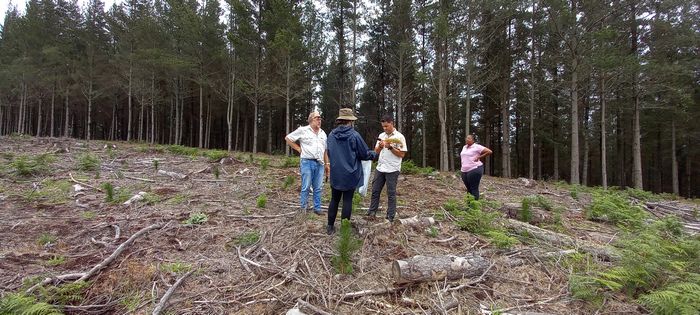Forest Health News No. 314 - May 2023
One foreigner’s perspective on forest biosecurity in New Zealand

Learning about forest biosecurity in New Zealand has always been inspirational for me because, compared to my native US, the biological invasion problem is a higher priority in New Zealand, and your research on biosecurity has reached a high level of sophistication. I am lucky to have collaborated with scientists at Scion on various projects related to the ecology and management of invasions and served on various New Zealand incursion response advisory panels over the last two decades. With every visit to New Zealand, I learn new things; recently I have had a few realisations that I can share, hoping there might be some useful perspective from an outsider.
For insects and diseases, New Zealand provides a smorgasbord of plants, and this creates serious risk of new invasions. Broadly speaking, three forest resources are threatened by this risk in New Zealand: production forests, native forests, and urban forests. Historically, risks targeting production forests have received the most attention.

The advent of the Government Industry Agreement in New Zealand is an ingenious instrument for building partnership between industry and Government to improve biosecurity and protect forest resources. However, it largely has benefited biosecurity targeting production forests; because indigenous and urban forests do not have comparable commercial sectors, this may limit opportunities for increased biosecurity to protect these other types of forests.
Production forests
These forests represent a large component of the New Zealand economy and because they are almost entirely based on plantings of non-native tree species largely devoid of major pest problems, it makes sense to put a lot of effort into excluding new organisms that might affect them. However, native forests cover a larger land area and are extremely important in harboring New Zealand’s unique biological diversity.
Native forests
Native trees also play key roles in Māori culture, so they are valuable treasures of New Zealand society. Recognising this, there has been increasing emphasis on protecting native forests through biosecurity measures that focus on clean transport of goods from elsewhere in Australasia and Oceania which potentially harbour pests on closely related trees.

Urban trees
Urban trees represent the third forest resource in New Zealand that is also at risk of pest invasions. Historically, urban forests have been dominated by trees native to the northern hemisphere and there have already been several serious incursions that have had severe impacts. Of these, Dutch elm disease, has massive current and future effects on urban trees; economic impacts associated with loss of urban elms and their removal are substantial.
One final thought regarding the composition of urban forests and how this affects risk; across New Zealand most incursions begin in urban areas because of their global connectivity. The high diversity of urban forests means that new pest species are likely to find hosts when they initially arrive. I have noticed that radiata pine is a common landscape tree in many urban settings, but this may be unfortunate because it likely provides a bridgehead for new pests that could ultimately move into production forests. Suggesting that homeowners should remove their radiata pines might not be well received, much like instructing them to remove their cats to promote restoration of native avian diversity.
Native trees in urban areas
As is the case elsewhere in the world, there is a trend of increased planting of native trees in urban areas. While this might seem like a good idea compared with planting potentially invasive non-native species, does this practice also introduce new risks? It is possible that plantings of native trees in urban settings also provide steppingstones for arriving pests to colonise native forests. That is a scary thought, and it is not clear what is the best message that should be given to homeowners. However, all of this makes me realise once again, that New Zealand is way ahead of most of the rest of the world, both in terms of the impacts of biological invasions and in terms of the search for solutions.
Liebhold is an entomologist at the US Forest Service in Morgantown, West Virginia where he has been working on forest insect invasion ecology for 35 years. He is internationally recognised for his research and in 2021 awarded a fellowship with the Entomological Society of America.
Andrew Liebhold
US Forest Service Northeastern Research Station
Scion pathologist building diagnostic capability in New Zealand and Australia
New Zealand faces threats from several damaging plant diseases, such as pine pitch canker, caused by Fusarium circinatum, and rapid Ōhiʻa death, caused by Ceratocystis lukuohia and C. huliohea.

Both fungal diseases are not present in New Zealand but threaten commercially planted radiata pine, other Pinus species, and native species, such as pōhutukawa (Metrosideros excelsa). Diagnosticians and surveillance practitioners need to react to the presence of these diseases and work quickly to dentify the causal organisms. Plant Health Australia and the National Plant Biosecurity Diagnostic Network offer diagnostic residencies to diagnosticians and surveillance practitioners to grow their capability. Scion plant pathologist Darryl Herron was awarded residency at the Forestry and Agricultural Biotechnology Institute (FABI) in Pretoria, South Africa to work on F. circinatum and C. eucalypticola, which is a pathogen of Eucalyptus grandis x urophyla (GU) there.

Fusarium circinatum has been reported in North and South America, Asia and Africa - killing pine and Douglas-fir in both their native and introduced ranges. Rapid Ōhiʻa death was first identified in Hawai’i in 2014 and has since killed more than 1 million ōhi’a lehua (Metrosideros polymorpha); Ōhi’a and native species, pōhutukawa and rātā are very closely related.
In February 2023, Herron spent a week in field collecting F. circinatum-infected seedlings from nurseries in the Western Cape, South Africa and Eucalyptus GU stems with Ceratocystis wilt caused by C. eucalypticola. Herron processed these samples to identify the causal agents, learnt how to bait for Ceratocystis, and how to identify them morphologically and molecularly. He worked with Professor Irene Barnes, a researcher who works on both these fungi, Dr Wilma Nel, a postdoctoral researcher at FABI working on Fusarium associated with bark and ambrosia beetles, and Kira Lynn, a PhD student working on Ceratocystis.

As part of his residency, Herron had to share what he had learned in South Africa. Herron did this by presenting a diagnostic workshop on these two fungi to the two plant pathology teams at Scion. His work was also presented at the Annual Diagnostic and Surveillance Workshop in Canberra, Australia in May 2023.
Darryl Herron (Scion)
Newsletter of the Scion Ecology and Environment team. Edited by Andrew Pugh and Darryl Herron, Scion. Contact: Andrew Pugh
